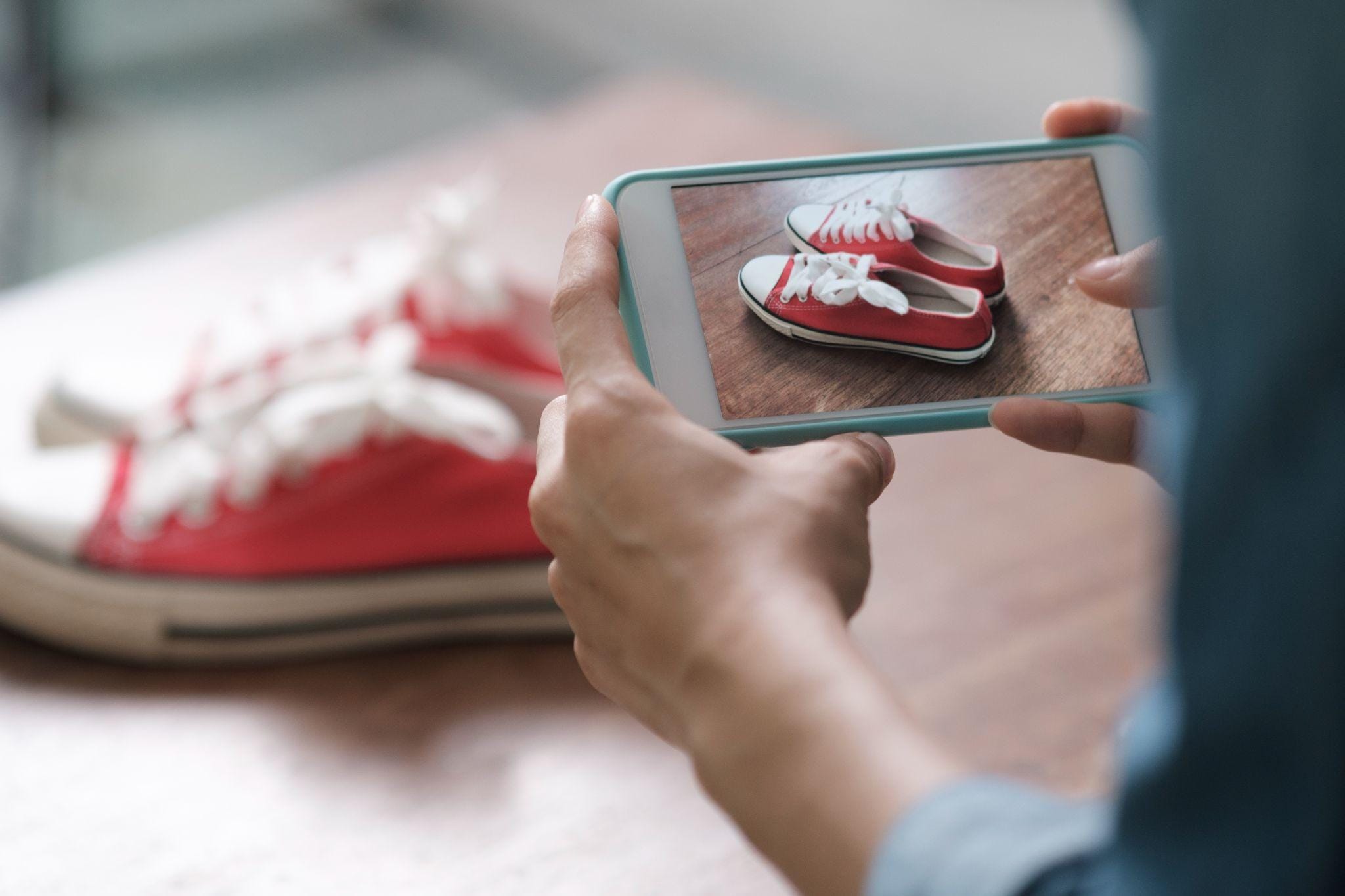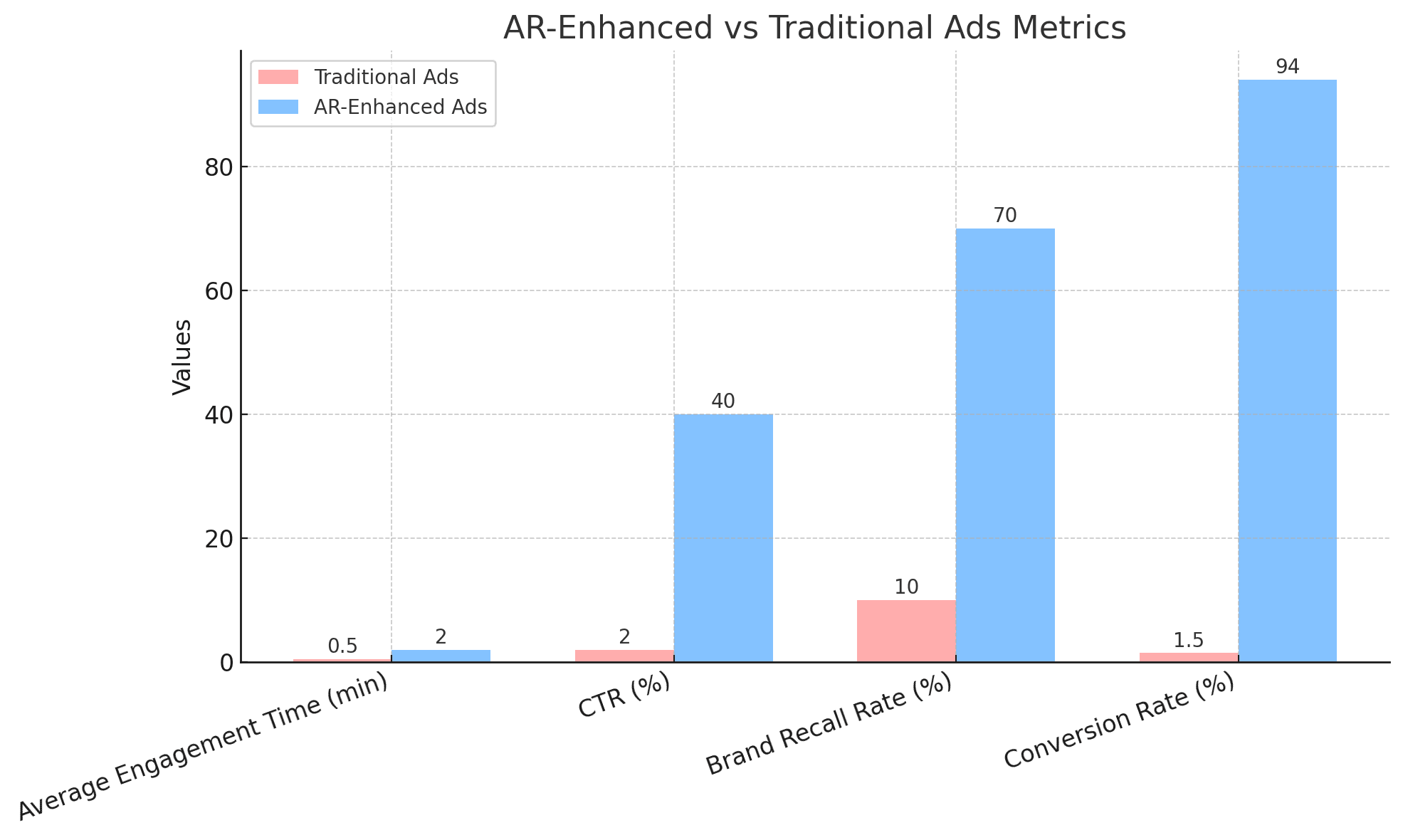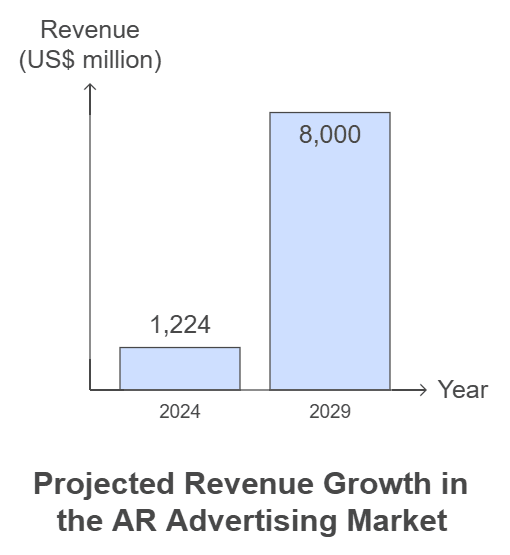The Role of AR in Digital Advertising: Enhancing Click-Through Rates
In the fast-paced world of digital advertising, capturing consumer attention is more challenging than ever. With the average person exposed to thousands of ads daily, brands must innovate to stand out.

Augmented Reality (AR) is emerging as a powerful tool that not only enhances engagement but also significantly boosts click-through rates (CTR).
Understanding Augmented Reality in Advertising
Augmented Reality overlays digital content onto the real world, creating immersive experiences that engage users in unique ways. Unlike traditional advertising methods, AR allows consumers to interact with products before making a purchase decision. This interactivity can lead to higher engagement rates and improved CTR.
How AR Enhances Click-Through Rates
Benefits of AR in Digital Advertising
Engaging Interactivity
AR turns static ads into interactive experiences, capturing user attention and fostering deeper engagement.
Memorable Brand Impressions
Immersive AR experiences create lasting impressions, improving brand recall among consumers.
Enhanced Purchase Confidence
By visualizing products in their environments, AR boosts consumer confidence and increases conversion rates.
Tailored User Experiences
AR delivers personalized content that resonates with individual preferences, enhancing relevance.
Cost-Effective Solutions
AR reduces the need for physical marketing materials, providing a cost-effective way to engage customers.
Immersive Product Experiences
One of the most significant advantages of AR in advertising is its ability to provide immersive product experiences. For example, furniture retailers like IKEA have developed apps that allow users to visualize how furniture would look in their homes before making a purchase. This capability not only enhances user engagement but also leads to higher CTR as consumers are more likely to click on ads that offer such interactive experiences.
Virtual Try-Ons
Brands in the fashion and beauty industries are increasingly using AR for virtual try-ons. For instance, cosmetics companies like L'Oréal allow customers to use their smartphones to see how makeup products would look on their faces before buying. This interactive feature significantly increases user interaction with ads, resulting in higher CTR.
Statistical Insights into AR Advertising
To understand the impact of AR on digital advertising effectiveness, consider the following statistics

These figures highlight the stark contrast between conventional advertising methods and those enhanced by AR technologies.
The Future of AR in Digital Advertising
As technology continues to evolve, the integration of AI and machine learning with AR is expected to enhance personalization further. Brands will be able to create tailored ad experiences based on individual user behavior and preferences.
Trends Shaping the Future
Web-Based Augmented Reality: The rise of web-based AR allows users to access immersive experiences without needing an app download, making it easier for brands to reach consumers.

Social Media Integration: Platforms like Instagram and Snapchat are incorporating AR features into their advertising models, enabling brands to create shareable content that drives engagement.
Gamification Elements: Incorporating game-like features into AR ads will further enhance user interaction and engagement.
Data Analytics for Optimization: Brands will increasingly leverage data analytics from AR interactions to optimize ad campaigns and improve targeting strategies.
Challenges in Implementing AR Advertising
While the benefits of AR are substantial, there are challenges that advertisers must navigate:
Cost of Development: Creating high-quality AR content can be resource-intensive.
Consumer Adoption: Some consumers may still be hesitant or unfamiliar with using AR technology.
Technical Limitations: Ensuring compatibility across various devices is crucial for widespread adoption.
AR in digital advertising statistics

Key Points
Augmented Reality enhances digital advertising by creating immersive experiences that engage users.
Successful case studies demonstrate significant increases in click-through rates due to interactive elements.
Future trends indicate deeper integration with AI and data analytics for personalized ad experiences.
Final Thoughts
Augmented Reality is revolutionizing digital advertising by providing innovative solutions that enhance user engagement and improve click-through rates. As brands continue to explore the potential of AR technology, it will become increasingly essential for marketers looking to stay competitive in a crowded marketplace. By embracing this transformative tool, advertisers can create memorable experiences that resonate with consumers and drive meaningful results.
Comments
Your comment has been submitted successfully!